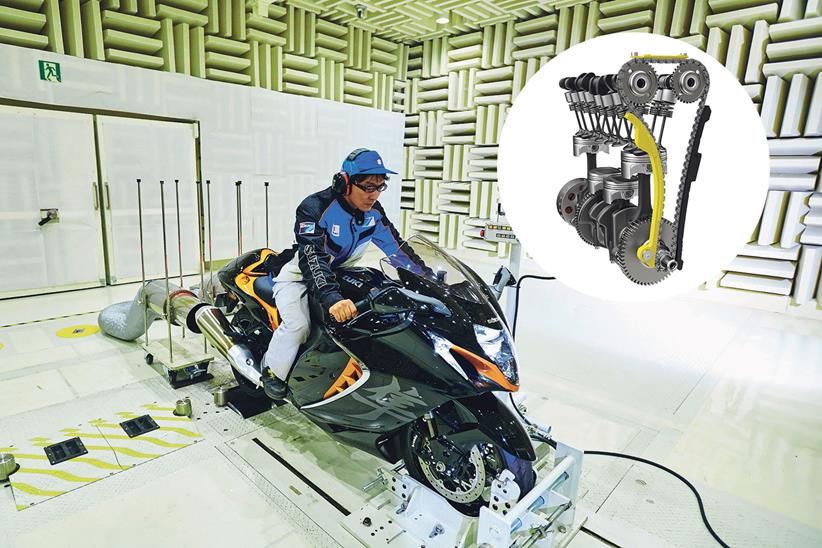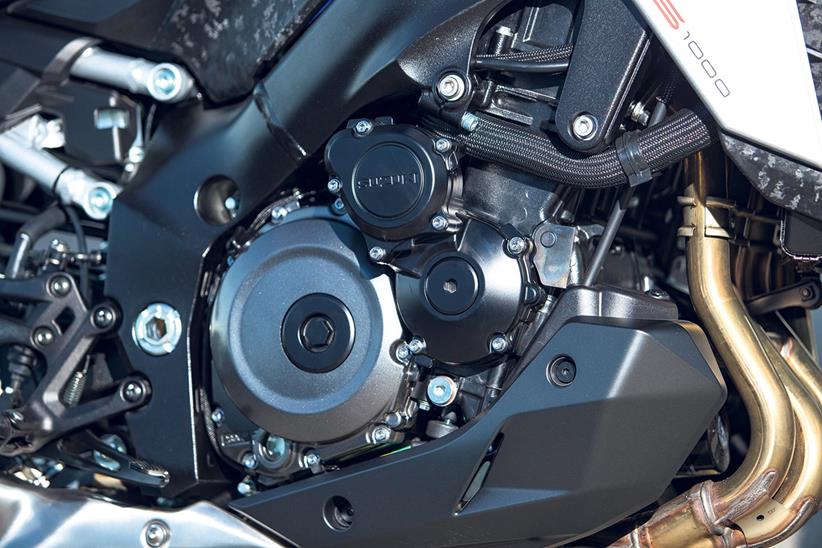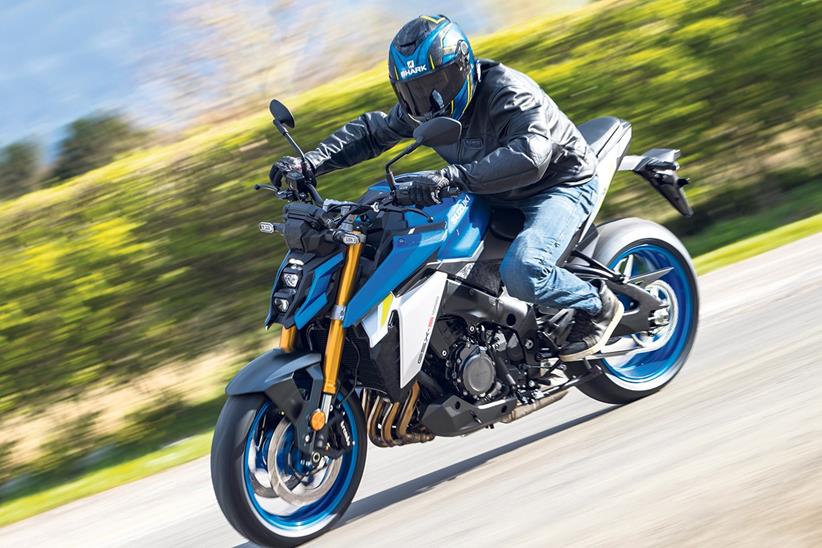Less is more: Why bike manufacturers are taking a new approach to valve action
Read the spiel on the new Suzuki GSX-S1000, or Hayabusa – or bikes from many other manufacturers, actually – and they’ll say the same thing: reduced valve overlap. But what is it, how did we end up with it in the first place and why don’t we want it anymore? Read on and all will become clear.
Related articles on MCN
- Kawasaki working on automatic clutch tech
- What is Euro5 and how is it affecting the motorbike industry?
- Honda look to F1 tech for cleaner-burning engines
First, some basics: If you want to get fuel into the combustion chamber and exhaust gases out, they must pass through the valves. The valves’ job is to let things in/out as well as contain the forces of combustion.
The valves are opened by a cam lobe then snapped shut by a valve spring (with the exception of desmo Ducatis) which means there’s a limit to how quickly they can be opened and closed.
For a long time, manufacturers have been chasing peak power in a bit of a ‘my dad is harder than your dad’ battle. The way most have gone about this is by getting the engines to rev higher as, in very simple terms, power is torque multiplied by rpm.
![]()
Chasing high revs presents a problem for valves as they can only open and close so fast (as we mentioned earlier) and to get all the air/fuel in and all the exhaust gases out, they need to be open for a decent time.
With the engine’s pistons flying up and down at great speed, there’s not enough time for both valves to open and close independently of each other and the air/fuel intake can’t be injected later, as there wouldn’t be enough time for it to properly mix in the combustion chamber.
This has meant that on high-revving, high-performance engines, you end up with a period of valve overlap where the intake and exhaust valves are open simultaneously.
![]()
While this system has advantages at high revs, it has disadvantages at low rpm. At low rpm it can result in poor running, poor throttle response and an altogether gutless feel. With the exhaust open while the intake charge is entering the combustion chamber, it also means unburnt fuel can make its way out of the exhaust.
Green regs from the EU have really cracked down hard on this with the latest Euro5, halving the accepted levels of hydrocarbons in the exhaust and effectively making it a huge no-no.
Variable valve timing systems can work to alter valve overlap throughout the rev range but they’re complicated and thus more expensive so the only real option is to reduce overlap, which has the knock-on effect of making performance that bit nicer at the bottom end of the rev range. To make up for it, cams are fitted with taller profiles so that the valves open more, albeit for less time. Nifty eh?






